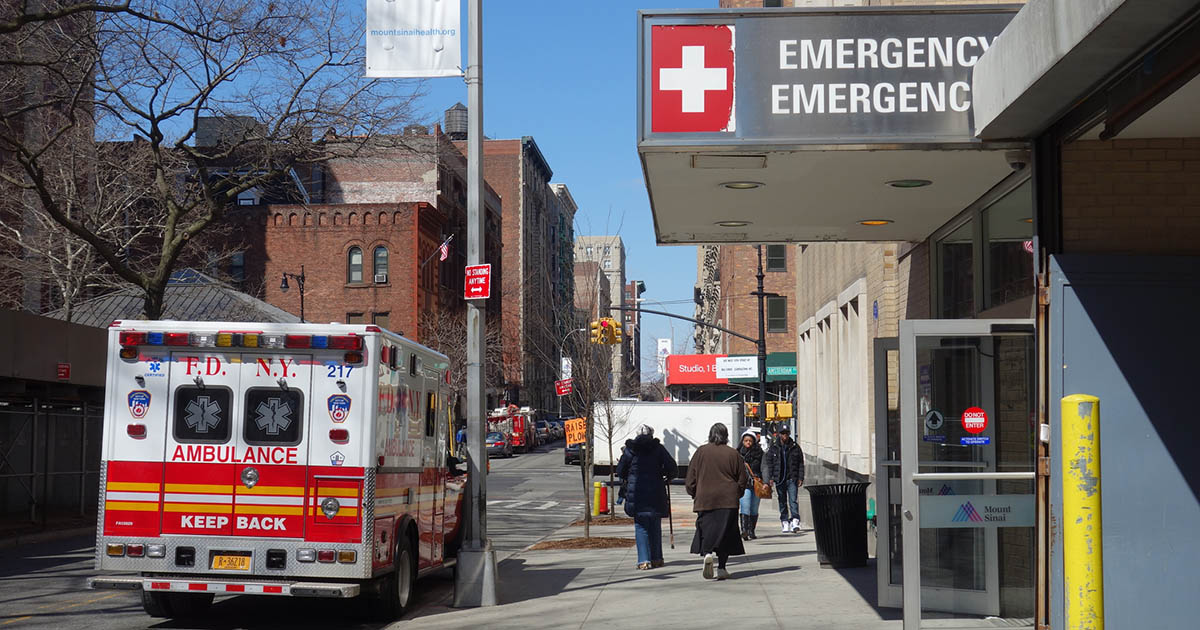Guide To The Treatment And Recovery Process Of A Hemorrhagic Stroke
A hemorrhagic stroke is a life-threatening medical event where an individual's artery begins bleeding into the tissues of their brain. This event is often the result of the rupture of an artery in the brain that is already weakened. An individual having a hemorrhagic stroke may experience symptoms such as inability to move, seizure, severe headache, balance and coordination loss, loss of speech, alterations in or loss of consciousness, nausea and vomiting, vision changes, and numbness. The blood leaking into the brain tissues causes the pressurization of brain cells that results in permanent damage. A hemorrhagic stroke is diagnosed with the use of a CT scan, MRI, blood tests, electroencephalogram, and MRI angiography. The ability to recover function lost due to the stroke depends on how quickly treatment was received and the part of the brain affected.
There are several ways to treat a hemorrhagic stroke. Learn about them now.
Emergency Medical Treatment

An individual having a hemorrhagic stroke will require emergency medical treatment to improve their overall outcome and minimize the extent of post-stroke complications. The first goal of emergency treatment is stopping the bleeding in the patient's brain. If significant pressure has already built inside of the skull, this pressure will also need to be released. Specific medications can help lower an individual's blood pressure to keep large amounts of blood from reaching the stroke site in their brain. If the patient has problems with blood not clotting properly, medications may be used to manage this issue in an attempt to control the bleeding. Sugar mannitol can be utilized in a hemorrhagic stroke patient to help move brain fluid into their bloodstream to decrease pressure in the brain tissues. Some patients who have a hemorrhagic stroke will need to undergo a minimally invasive procedure involving the use of a catheter or a long thin tube with a camera to enter an artery in the arm and place a coil or other mechanical device at the stroke site that prevents the affected vessel from rupturing further.
Uncover the next treatment option for a hemorrhagic stroke now.
Surgery

Surgery may be needed to treat an individual who experiences a hemorrhagic stroke to stop the bleeding in their brain tissues and repair the ruptured blood vessel. After the bleeding has been managed, the patient may require surgery to permanently close the damaged vessel and or repair other tissues that were damaged. Surgery may be done between forty-eight and seventy-two hours following the hemorrhagic stroke if the patient is stable, or it may be delayed by a couple of weeks if they are not. A patient might need surgery to locate and clamp the weakened blood vessel if an aneurysm caused their hemorrhagic stroke. If a hemorrhagic stroke was precipitated from an untreated arteriovenous malformation, patients might need surgery to treat it to prevent another stroke. A surgical procedure may be required if the pressure in the individual's brain is unable to be relieved by other means, and surgical entry into the skull is the only option.
Keep reading to uncover more ways to treat a hemorrhagic stroke now.
Speech Therapy

An individual who experiences a hemorrhagic stroke may need to undergo speech therapy as part of their treatment and rehabilitation if the speech center in their brain has been affected. Non-fluent aphasia is a form of speech difficulty that occurs in individuals when the left frontal region of the brain incurs damage. Individuals who have non-fluent aphasia tend to understand what others say but cannot form words or phrases themselves. Fluent aphasia is a form of speech difficulty that occurs when the patient has been affected in the part of the brain responsible for helping them understand the meaning of words and sentences that are spoken. Speech therapy for hemorrhagic stroke patients aims to restore as much functional speech as possible, teach alternative communication methods, and teach ways to compensate for language skill loss. Speech therapy is performed with a speech-language pathologist who is familiar with treating individuals who have experienced speech loss due to brain damage or a stroke. Speech therapy may involve working in a group setting with other patients who have speech difficulty, using computer programs, using mobile apps, notecards, pictures, and other tools.
Read more about the various ways to effectively treat a hemorrhagic stroke now.
Physical Therapy

Physical therapy is a common component of treatment in hemorrhagic stroke patients to help them cope with any loss of function or regain as much function as possible. Physical therapy aims to meet the goal of helping the patient become as independent as realistically possible. An individual may need physical therapy for regaining function in the left side of their body if their hemorrhagic stroke occurred in the tissues of the right side of their brain, and vice versa for the function of the right side of their body. Physical therapy may be needed to re-teach a hemorrhagic stroke patient how to feed themselves, walk or mobilize with assistive devices, get dressed, and bathe themselves. Physical therapy also aims to help an individual re-strengthen muscles that have become weak and retain as much muscle function as possible. The outcome of physical therapy in a patient who has had a hemorrhagic stroke depends on the severity of their stroke, the location in the brain where it occurred, and the duration of time that passed between its onset and emergency treatment.
Learn about the duration of recovery next.
Duration Of Recovery

A patient's recovery duration depends on the part of their brain that was affected, the extent of the damage to the brain tissues, and the amount of time between the onset and treatment of their stroke. Some patients will recover within a year of their stroke, while others can take many years to recover. Stroke recovery begins after the patient has been stabilized. Most hospitals have a unit called a rehabilitation unit where a patient can undergo the first several weeks of their recovery process at the hospital. Facilities outside of the hospital may also offer specialized programs to treat stroke patients. These programs typically take place in nursing home facilities with specialized staff. The process of recovery differs from one patient to the next because the brain can heal in different ways. The brain can regain function by altering the way activities are performed. Other patients may only have damage to the cells in the brain the body is able to heal. Some brains can have one area take over the functions lost in the area that experienced the hemorrhagic stroke. Inpatient programs last for up to twelve weeks, and outpatient recovery can take up to a year.
